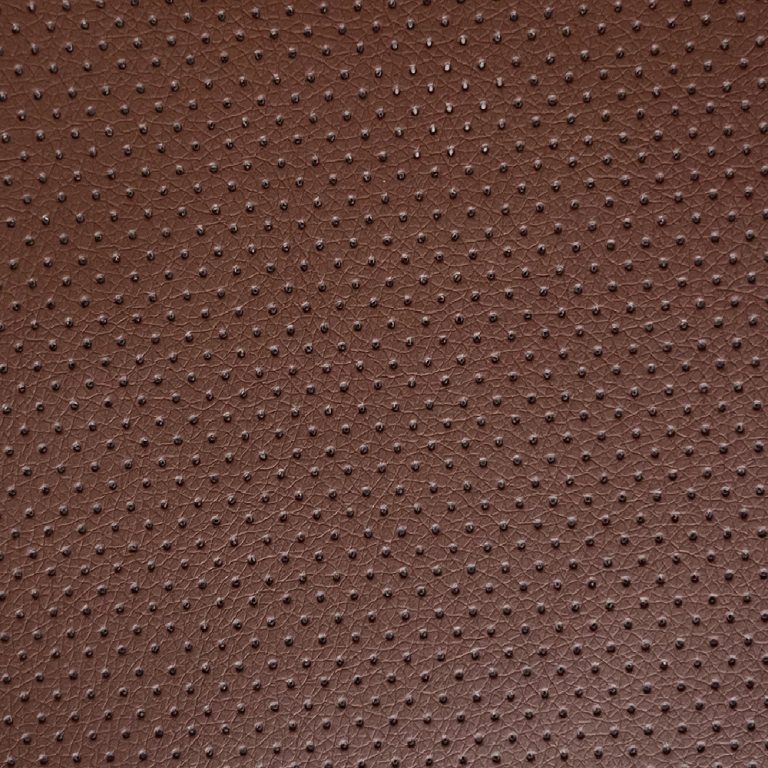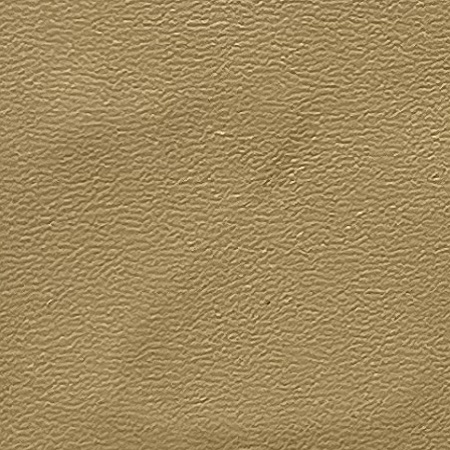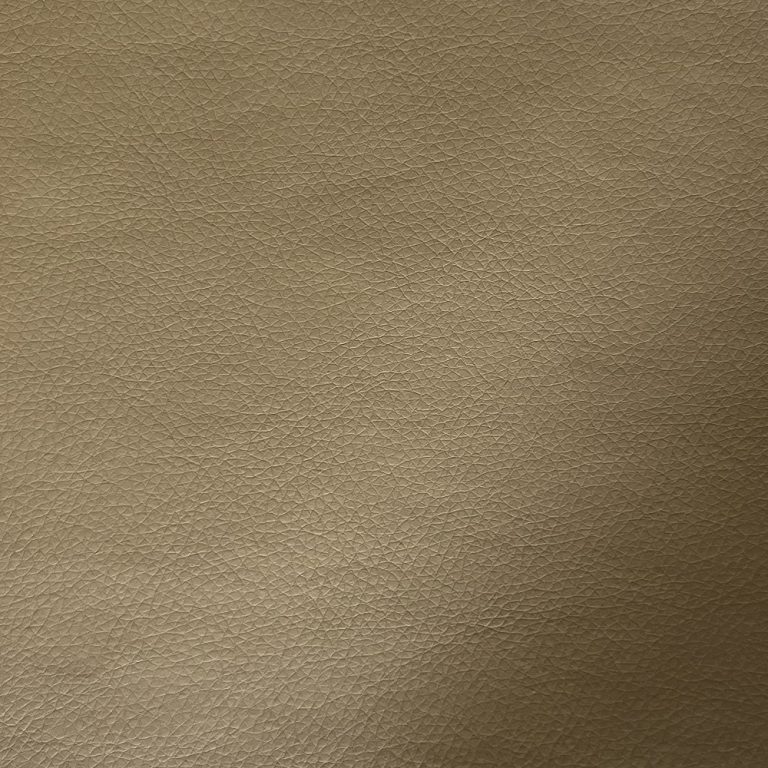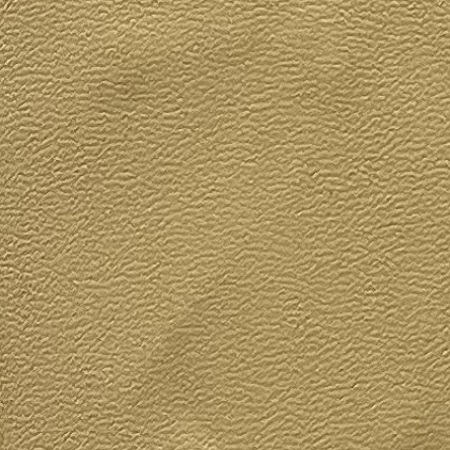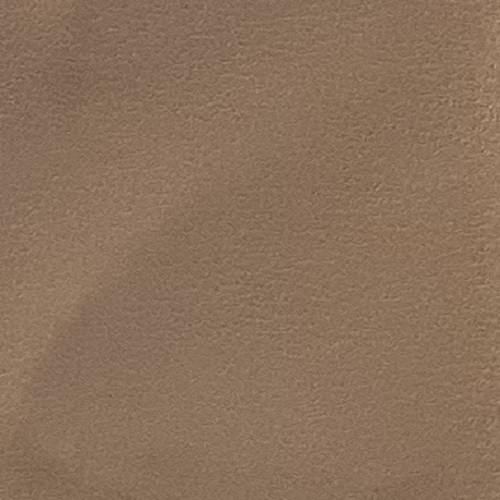Table of Contents
Pros and Cons of PU Shoe Inner Lining Material
When it comes to choosing the right shoe inner lining material, there are several options available on the market. One popular choice is polyurethane, commonly known as PU. PU is a versatile material that is used in a wide range of applications, including shoe manufacturing. In this article, we will explore the pros and cons of using PU as a shoe inner lining material.
One of the main advantages of using PU as a shoe inner lining material is its durability. PU is a synthetic material that is known for its strength and resilience. This means that shoes with PU inner linings are less likely to wear out quickly, making them a long-lasting option for consumers. Additionally, PU is also resistant to water and other liquids, making it a great choice for shoes that may be exposed to moisture.
Another benefit of using PU as a shoe inner lining material is its flexibility. PU is a soft and pliable material that molds to the shape of the foot, providing a comfortable and customized fit for the wearer. This flexibility also allows for greater freedom of movement, making PU-lined shoes ideal for active individuals who are constantly on the go.

In addition to its durability and flexibility, PU is also a lightweight material. This makes PU-lined shoes comfortable to wear for extended periods of time, as they do not weigh down the foot or cause discomfort. The lightweight nature of PU also makes it a popular choice for athletic shoes, as it allows for greater agility and speed during physical activity.
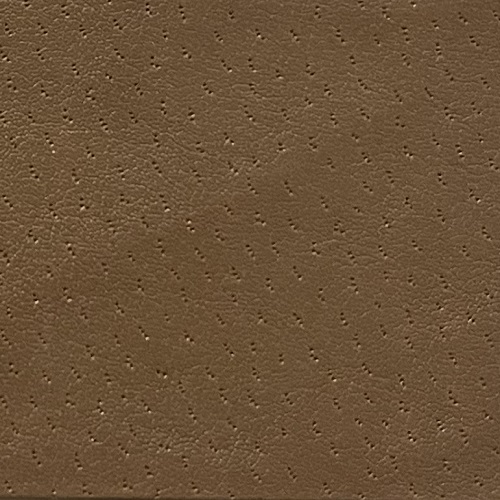
Despite its many advantages, there are some drawbacks to using PU as a shoe inner lining material. One of the main disadvantages of PU is that it is not as breathable as natural materials such as leather or cotton. This can lead to increased sweating and discomfort for the wearer, especially in hot and humid conditions.
Another potential downside of using PU as a shoe inner lining material is its environmental impact. PU is a synthetic material that is derived from petroleum, which is a non-renewable resource. The production of PU also involves the use of chemicals that can be harmful to the environment. As a result, some consumers may prefer to choose more eco-friendly options for their shoe inner linings.
In conclusion, PU is a popular choice for shoe inner lining material due to its durability, flexibility, and lightweight nature. However, it is important to consider the potential drawbacks of using PU, such as its lack of breathability and environmental impact. Ultimately, the decision to use PU as a shoe inner lining material will depend on the individual preferences and priorities of the consumer.
How to Properly Care for PU Shoe Inner Lining
PU, or polyurethane, is a popular material used in shoe inner linings due to its durability and comfort. Proper care and maintenance of PU shoe inner linings are essential to ensure their longevity and keep your feet comfortable. In this article, we will discuss some tips on how to properly care for PU shoe inner linings.
| Name | Shoe lining fabric |
| Nr. | 1 |
One of the most important things to remember when caring for PU shoe inner linings is to keep them clean. Dirt, sweat, and other debris can accumulate on the lining over time, leading to unpleasant odors and potential damage. To clean PU shoe inner linings, start by removing the insoles and laces from the shoes. Use a damp cloth or sponge to wipe down the inner lining, paying special attention to any areas that are particularly dirty. For stubborn stains, you can use a mild soap or detergent diluted in water. Be sure to rinse the lining thoroughly and allow it to air dry before reinserting the insoles and laces.
In addition to regular cleaning, it is also important to protect PU shoe inner linings from excessive moisture. Moisture can cause the lining to break down over time, leading to cracks and tears. To prevent this, avoid wearing your shoes in wet conditions and store them in a cool, dry place when not in use. If your shoes do get wet, stuff them with newspaper or a shoe tree to help absorb excess moisture and speed up the drying process.
Another important aspect of caring for PU shoe inner linings is to avoid exposing them to extreme temperatures. High heat can cause the lining to melt or warp, while extreme cold can make it brittle and prone to cracking. To prevent damage from temperature extremes, store your shoes in a climate-controlled environment and avoid leaving them in direct sunlight or near sources of heat.
In addition to cleaning and protecting PU shoe inner linings, it is also important to maintain the overall condition of the shoes themselves. Regularly inspect your shoes for signs of wear and tear, such as fraying seams or worn outsoles. If you notice any damage, have it repaired by a professional shoe repair service to prevent further deterioration of the inner lining.
By following these tips on how to properly care for PU shoe inner linings, you can help extend the life of your shoes and keep your feet comfortable. Remember to clean the linings regularly, protect them from moisture and extreme temperatures, and maintain the overall condition of the shoes. With proper care and maintenance, your PU shoe inner linings will continue to provide you with comfort and support for years to come.

